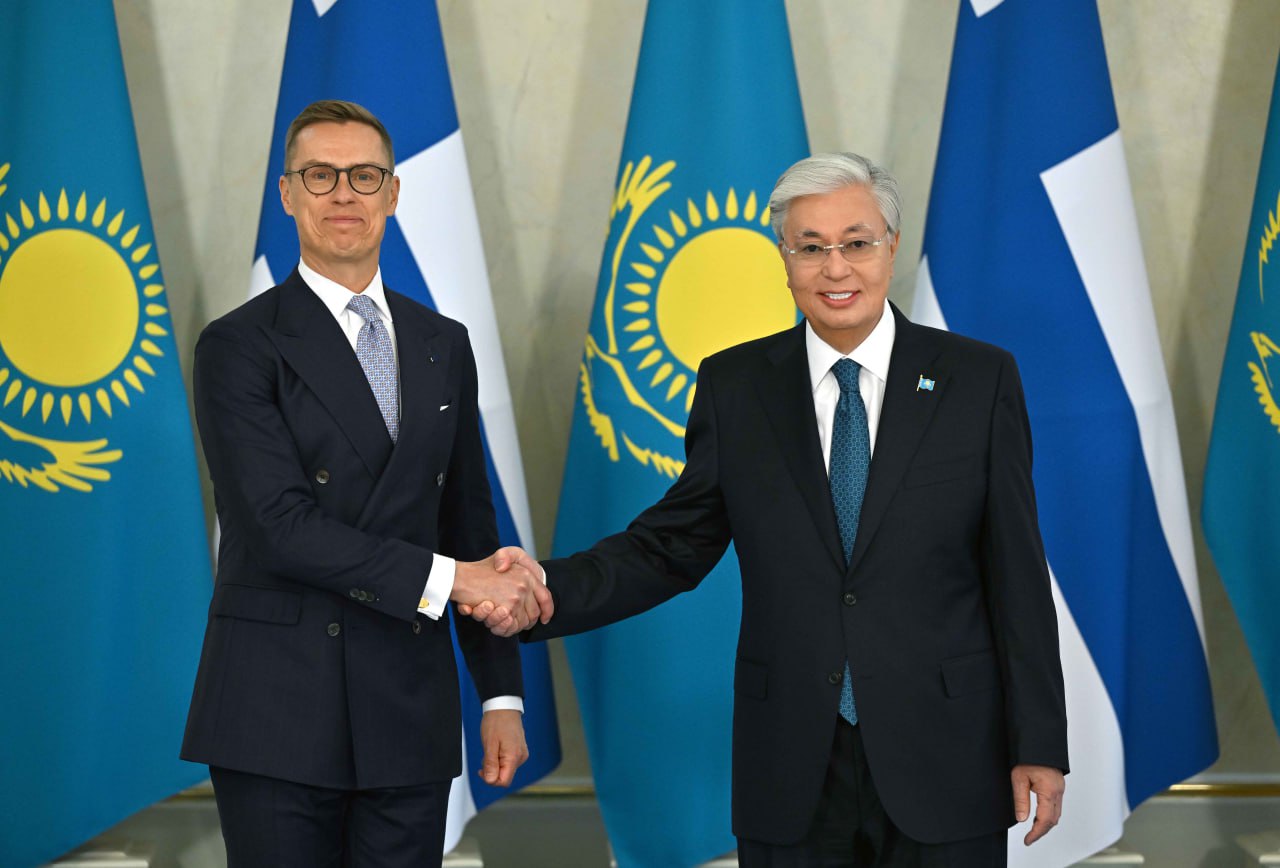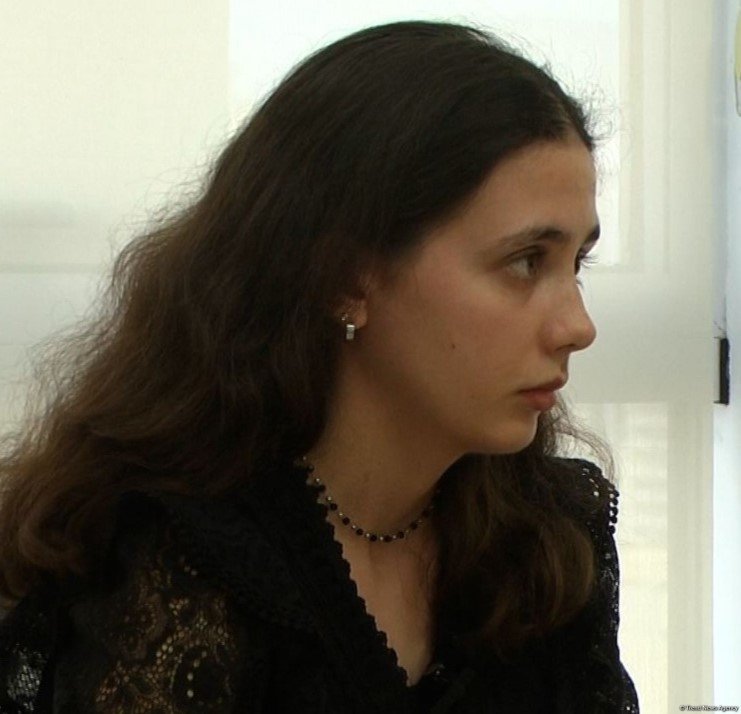BAKU, Azerbaijan, October 29. The inaugural official visit of Alexander Stubb to Kazakhstan as President of Finland, taking place on October 28–29, 2025, once again showed that even nations miles apart can weave a rich tapestry of shared interests and golden opportunities.
Finland, a country that’s got its ducks in a row when it comes to technologies and sustainable industrial solutions, is setting its sights on Central Asia with growing enthusiasm. Kazakhstan, for its part, is on the lookout for partners who are willing to roll up their sleeves and bring cutting-edge technologies and know-how to the table for the green transition. So, two nations sitting at opposite ends of Eurasia are joining forces, building bridges on the solid ground of pragmatism and mutual trust.
Since 2005, Finland has allocated approximately $500 million in capital towards Kazakhstan, and by 2025, the bilateral trade volume surpassed $89 million, with imports from Kazakhstan constituting over $84 million. Currently, approximately 70 Finnish enterprises are effectively navigating the Kazakhstani market landscape, encompassing prominent brands like Wärtsilä, Metso, Peikko, Tikkurila, and Nurminen Logistics.
President Stubb was accompanied by a business delegation of more than 20 leading Finnish companies, emphasizing the practical focus of the talks. Special attention was given to the development of transport connectivity. Kazakhstan, which handles around 85 percent of all overland freight traffic between Europe and China, plays a key role in the formation of the Trans-Caspian International Transport Route (TITR).
President Kassym-Jomart Tokayev noted that the continued development of this route, including the launch of the Smart Cargo digital platform, would strengthen the country’s position as a Eurasian logistics hub. During the talks, Tokayev also highlighted the importance of the EU’s Global Gateway project and expressed interest in expanding cooperation between the ports of Kazakhstan and Finland, including exchanges between Aktau, Kuryk, Helsinki, and Hamina-Kotka.
The economic agenda of the talks also included issues of sustainable financing and interaction between the Astana International Financial Centre (AIFC) and Finnish financial institutions. The presidents emphasized the need to promote green technologies, energy efficiency, and digitalization, as well as to support small and medium-sized enterprises.
Particular attention was given to energy partnership. Kazakhstan, the world’s largest producer of uranium, is all set to join forces with Finland to roll up their sleeves in the peaceful use of nuclear energy and tackle waste management head-on. The memorandum signed between Kazakhstan’s Atomic Energy Agency and Finland’s Radiation and Nuclear Safety Authority (STUK) is expected to serve as a basis for the exchange of technologies and best practices in this sensitive area.
Tokayev also expressed interest in applying Finnish technologies to modernize coal power generation and reduce emissions. Finnish company Wärtsilä is already implementing hybrid energy systems in Kazakhstan, while Metso offers mineral processing solutions, together forming a foundation for sustainable industrial growth and the export of advanced technologies.
Tokayev emphasized that Kazakhstan is a significant player in the production of 21 out of the 34 rare earth elements that are pivotal to the EU's economic framework. The country aims to leverage this strategic advantage by enticing European investment and technological collaboration in return for access to these vital resources. In agriculture, the two sides proposed creating joint ventures for deep processing of agricultural products to increase added value in export chains.
Cooperation areas also extend to science and digitalization. The potential use of Finland’s LUMI supercomputer opens opportunities for partnerships in AI, data analysis, and technical education. Finland’s SILAM air quality forecasting system, already applied in Kazakhstan, demonstrates that Finnish climate and environmental technologies are finding practical applications in the region.
Political cooperation is complemented by peacekeeping initiatives: joint work will continue between Kazakhstan’s Peace Operations Center (KAZCENT) and Finland’s International Centre of Defence Forces (FINCENT). The possibility of easing visa procedures between Kazakhstan and the EU was also discussed to facilitate travel and business contacts.
During the visit, Stubb emphasized that political agreements between Kazakhstan and Finland provide a foundation for business stability amid growing geoeconomic uncertainty. Finland also supported Kazakhstan’s initiative to establish in Almaty a UN Regional Center for Sustainable Development Goals for Central Asia and Afghanistan.
As part of the visit, the Kazakhstan–Finland Business Forum was held, serving as an important platform for strengthening economic ties and discussing new directions in industrial and investment cooperation between the two countries.
A total of fifteen collaborative agreements were formalized
during the visit, encapsulating a diverse spectrum of strategic
alignments—from hydrological resource governance and silviculture
to eco-friendly tourism initiatives, educational frameworks, and
contingency protocols for hydrocarbon spill mitigation.
Focused emphasis within the Finnish-Kazakh collaborative framework
was directed towards the advancement of tourism initiatives and the
promotion of sustainable construction practices. A strategic
memorandum of cooperation was executed between Burabai Damu and the
Finnish entity Honkarakenne, with the objective of enhancing
tourist infrastructure and implementing sustainable construction
methodologies at the Burabai resort in Kazakhstan.
Furthermore, a memorandum of understanding between BI
Construction & Engineering and Peikko Group paves the way for the
joint production of DELTABEAM construction systems in Kazakhstan,
setting the stage for the localization of cutting-edge building
technologies.
In the meantime, TOR’RE and Honkarakenne are rolling up their
sleeves to kick off a pilot project for wooden housing
construction, paving the way for fresh opportunities in green
housing and sustainable urban development in the country.
Among the signed documents is a memorandum of cooperation between Tengiz Zhasagy and Finland’s Lamor Corporation in the field of oil spill response and maritime operations support, as well as a memorandum of understanding between Samruk-Kazyna and Wärtsilä Finland aimed at developing energy technologies and improving energy efficiency.
Thus, the key points of convergence between Astana and Helsinki lie in sustainable development, green energy, logistics, and innovation. The potential for cooperation is far from exhausted: at the intersection of Finnish technology and Kazakhstani resources, a new model of partnership is emerging — one based on mutual trust and a shared vision for the future.







